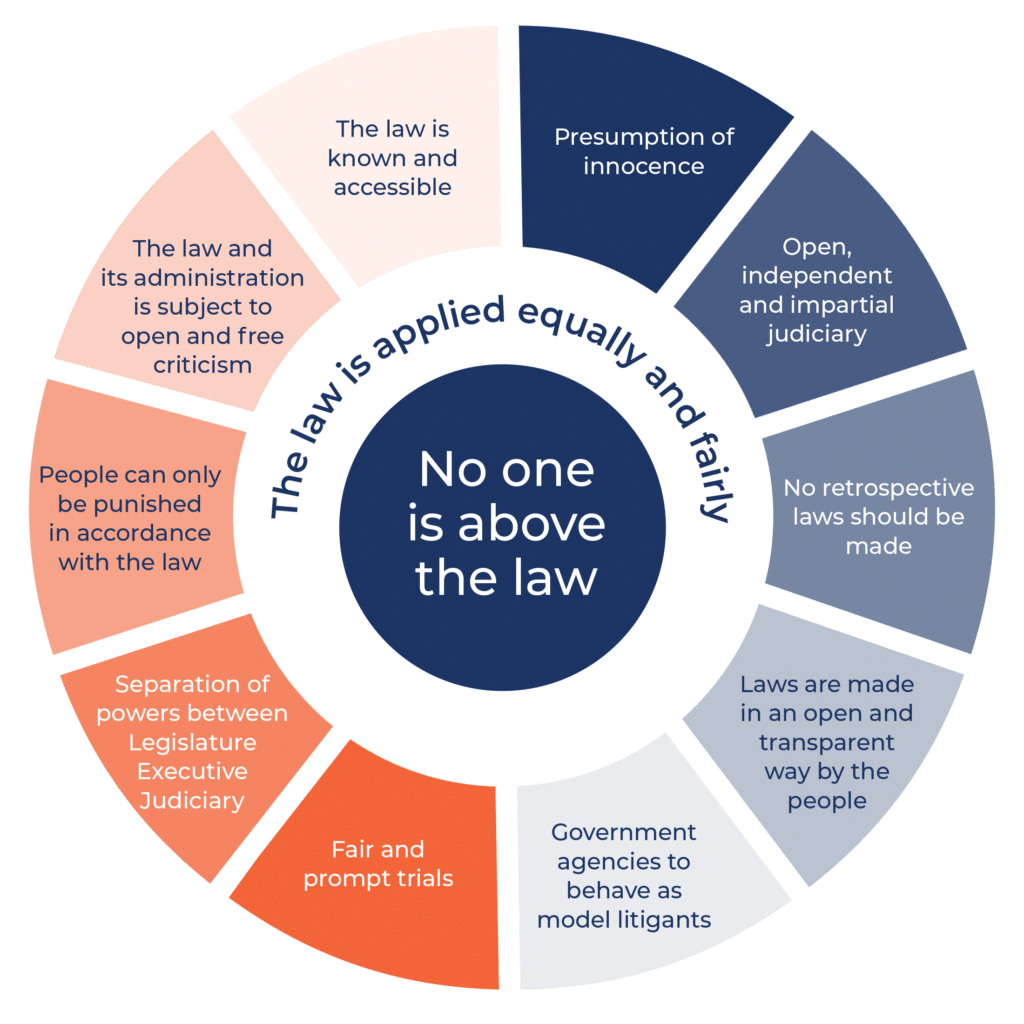Courts and Social Media
A judicial system under the rule of law must be open and transparent. Not only must justice be done, but it must be seen to be done. This is why court proceedings are open to the public and new judgments are free to access online.
It is also why courts around the world have started using social media. The Supreme Court of the United States, the Supreme Court of the United Kingdom and the International Criminal Court all have Twitter accounts they use to post links to cases and other court-related materials. You can watch the reaction to the US Supreme Court’s marriage equality decision in Obergefell v Hodges, read a speech by Lord Neuberger on the fifteen most significant British cases of the past 150 years, or practice your French whilst keeping up with Fatou Bensoudathe, the Prosecutor of the ICC.
In Australia, the NSW, Victorian and Tasmanian Supreme Courts have created social media accounts, but the High Court has not. This is because the debate as to whether or not a court should participate in social media is still open. Some see having a social media presence as a way for courts to help ensure that justice is seen to be done. Others consider participating in social media to be at odds with the integrity of the judiciary. This blog will explain how courts can use social media, and present both sides of the argument as to whether or not they should.
Below, some assorted tweets from these courts:
SupCt issues media release. See below or at https://t.co/VuH8FYnlfa pic.twitter.com/VucYwbs76D
— NSW Supreme Court (@NSWSupCt) November 27, 2015
Listen to Justice Lex Lasry sentence Cai Xia Liao to life in jail, min 32 yrs for murder of 4yo boy & grandmother, https://t.co/kVEYn5uLJ7
— Supreme Court of Vic (@SCVSupremeCourt) December 17, 2015
“Justice for all – or access for some?” a paper by Justice Stephen Estcourt QC (Tas) is now available at https://t.co/HvIqr06ohv
— Supreme Court Tas (@SCTasmania) October 26, 2015
Taking advantage of social media
A court can take advantage of social media in two ways:
- It can create an output only account, where it publishes material on a platform such as Facebook, Twitter or YouTube, without giving viewers the ability to comment on the material it publishes; or
- It can immerse itself in the full interactive experience that social media offers, and create an input/output account, where users can respond to both court posts and each other.
It is the latter that most critics of court social media worry about. Their primary concern is that a court’s social media page may be swarmed by negative or vexatious comments in the same way news and current affairs pages often are. There is also a concern that staff would have to monitor or censor a court’s social media page to keep it clean from such comments, and that doing so would be a waste of public resources.
Managing vexatious or negative comments
Proponents of courts using social media tend to downplay the potential for negative or vexatious comments, and emphasise that having a Twitter or Facebook account may give the court’s work greater exposure to an often mis/uninformed public.
Such arguments are often premised upon an assumption that social media is usurping the role of traditional media in the provision of information and that having a social media account would allow a court to communicate with people with whom it would not normally connect.
This sort of argument misunderstands how social media works. People do not get their news from Facebook or Twitter itself, but from the accounts they like or follow. This means that a court can only reach those who choose to like or follow its account. In other words, only those already interested in a court will like its Facebook page or follow it on Twitter.
This reality undermines both the arguments for and against courts using social media. If only people who are interested in a court will connect with it on social media, there is not a high risk of vexatious or negative comments. But at the same time, if only interested people will connect, then the court is unlikely to reach people with whom it would not connect normally. With both the advantages and disadvantages neutralised, it seems there is no pressing need for a court to either adopt or avoid social media. This may explain why the Australian High Court has not yet adopted it alongside its international counterparts.
Engaging with the community
A better argument is perhaps that courts should always strive to improve the ways in which they interact with the broader community, and that social media is one of many ways to do so. Interested citizens can benefit from keeping up-to-date with court news and decisions, and the mere fact that a court has a social media account may be an indicator that justice is being served in an open and transparent way.
Readers of this blog should seek out court social media pages, to take advantage of the access to justice they provide.
While they are at it, they should also follow the Rule of Law Institute on Twitter or like it on Facebook to keep up-to-date with contemporary issues regarding the rule of law in Australia as well!
About the Author

Robert Size writes for The Institute as part of our Blog Intern program run in partnership with the International Law Committee of the NSW Young Lawyers of The Law Society of New South Wales. He graduated with a Bachelor of Arts from the University of New South Wales in 2012 and is in his final year of a Bachelor of Laws at the University of Technology, Sydney. Robert was an intern at the Australian Law Reform Commission and is currently also volunteering at AustLII. He is the winner of the 2015 Sir Anthony Mason Constitutional Law Essay Competition and writes for the Administrative Appeals Reports series. His areas of interest include constitutional, administrative and international law.





